Cute at Somerset House
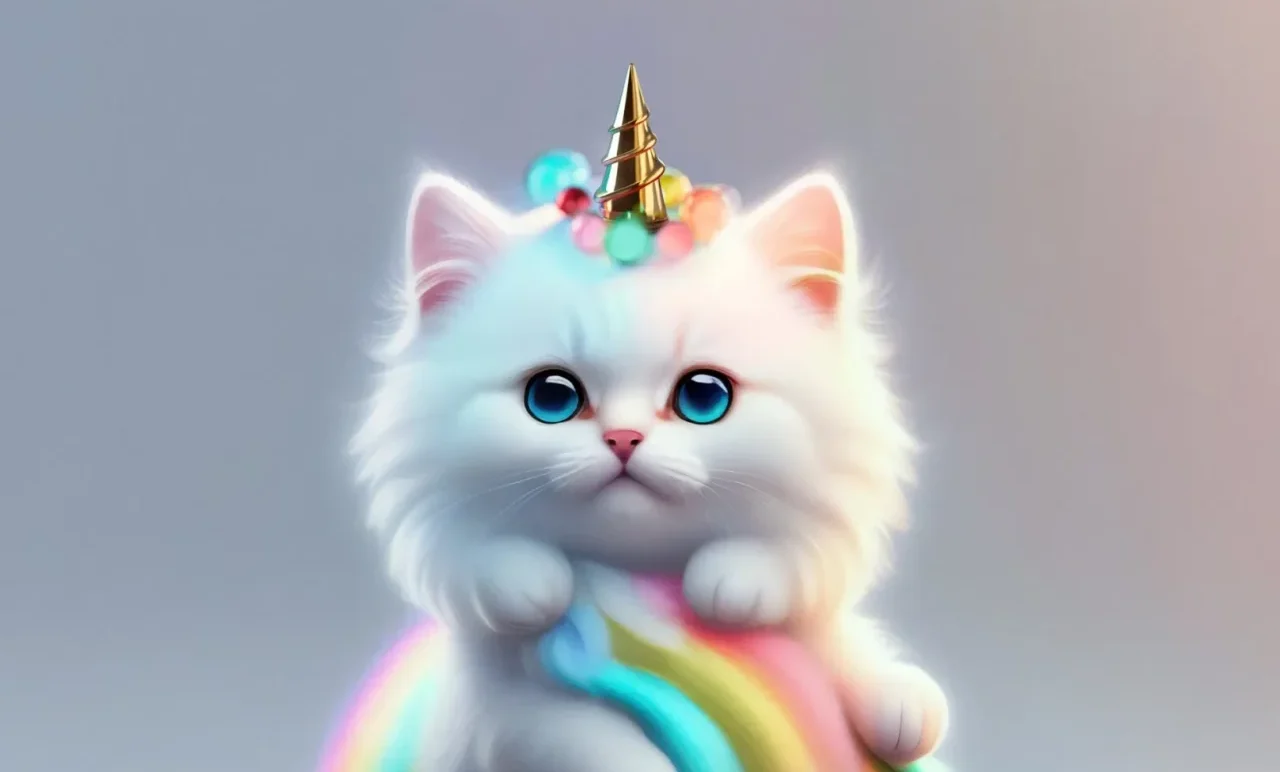
“Cute is never one thing or another, it can be many different things,” curator Claire Catteral claims about Somerset House’s new exhibition Cute. Walking through the entrance, the first thing attendees will see is a room full of cats. Everything is centred around the whiskered animals – from the paintings and ceramic displays to the framed photographs. The wall of writing expresses that cuteness is something quite like a cat: an unexpected figure waiting to pounce. It’s a very expected set for the theme of the exhibition, yet there’s something unnerving about being in a room full of sharp eyes. It’s perhaps a foreshadowing of the forthcoming displays.
The next room over celebrates the concept of “Kawaii”, a Japanese subculture that revolves around cuteness. There are displays of old shoujo manga, which are Japanese comics mainly catered to girls. These books often fall into the category of classic magical girls: a genre of literature in Japan, which sees girls gaining power through transformation, with sequences involving a change of clothing and hairstyle – like Sailor Moon and Card Captor Sakura. While this part of the show highlights how cuteness is a global phenomenon, the next is a testament to how timeless cuteness can be: it’s a full-on dedication to Hello Kitty’s 50th anniversary with Hello Kitty plushies on the wall, merchandise on shelves and even a Hello Kitty-themed disco. There’s a wall of themed stickers, which demonstrate the evolution of the brand through the years, how it has adapted, grown and changed.
Upstairs branches off in two different directions. Straight ahead, the first path has exhibits that mainly make use of traditional and material art, such as paintings, sculptures and costumes. There’s a heavy focus on storytelling and exploring the deeper meaning of cuteness. This particular section is where the association between cute and horror are explored with works such as Aah…Youth! (1990) by Mike Kelley and Door to Cockaigne (2022) by Julien Ceccaldi. Much like most of the pieces in this section, these two take typically adorable characters and concepts and turn them into something that evokes fear and discomfort.
Mike Kelley’s wall of mugshots of old and tattered plushies he found in thrift shops showcases how age and newness can be a factor in how people perceive specific items. Despite being cute, the unknown histories behind these things can be quite unsettling – very Annabelle in that regard. Meanwhile, Door to Cockaigne takes the mystique and magic of fairytales – children entering paradise and a world of adventure, such as Narnia, Neverland in Peter Pan and Alice in Wonderland – and turns it on its head as an adult and ghoulish figure peers through the door in hopes of finding their own paradise. If read a certain way, the title can be a reference to a specific drug.
The second path, right through the rainbow arch, uses multimedia mediums: music and digital visuals, such as videos and arcade games. It brings forth the entertainment factor of cute. There’s musician and artist Hannah Diamond’s room, which emulates a girls’ sleepover, with cosy beanbags and mainstream music blaring through the speakers. Another fun piece is Glimmer (2023) by Sian Fan, which calls back again to the genre of magical girls. Attendees are able to stand on a pedestal and see through the screen their own magical girl transformation.
Cute is a masterful and fun exploration of the world of cuteness. It touches on the expected uses and views of it, from the pastel colours and frilly dresses to the adorable characters. But it also dives deep into the other emotions one can feel about cute things: horror, sentimentality, pain, torture and camaraderie in girlhood. The different mediums used – from traditional paintings and sculptures to video packages and interactive games – make the whole exhibit feel immersive. It’s a joyful experience of self-discovery about what being cute may mean for a person underneath aesthetic makeup.
Mae Trumata
Cute is at Somerset House from 25th January until 14th April 2024. For further information visit the exhibition’s website here.

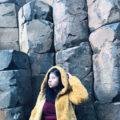








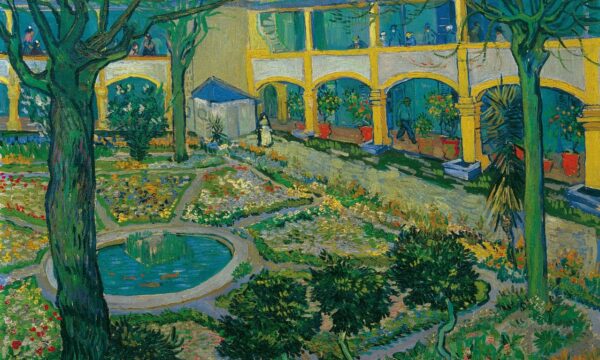

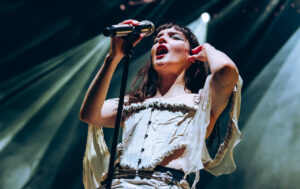
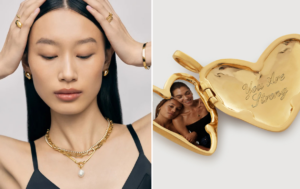







Facebook
Twitter
Instagram
YouTube
RSS